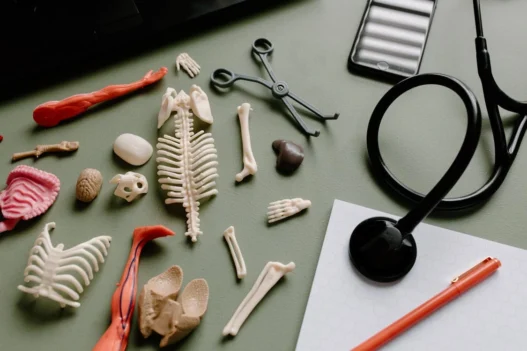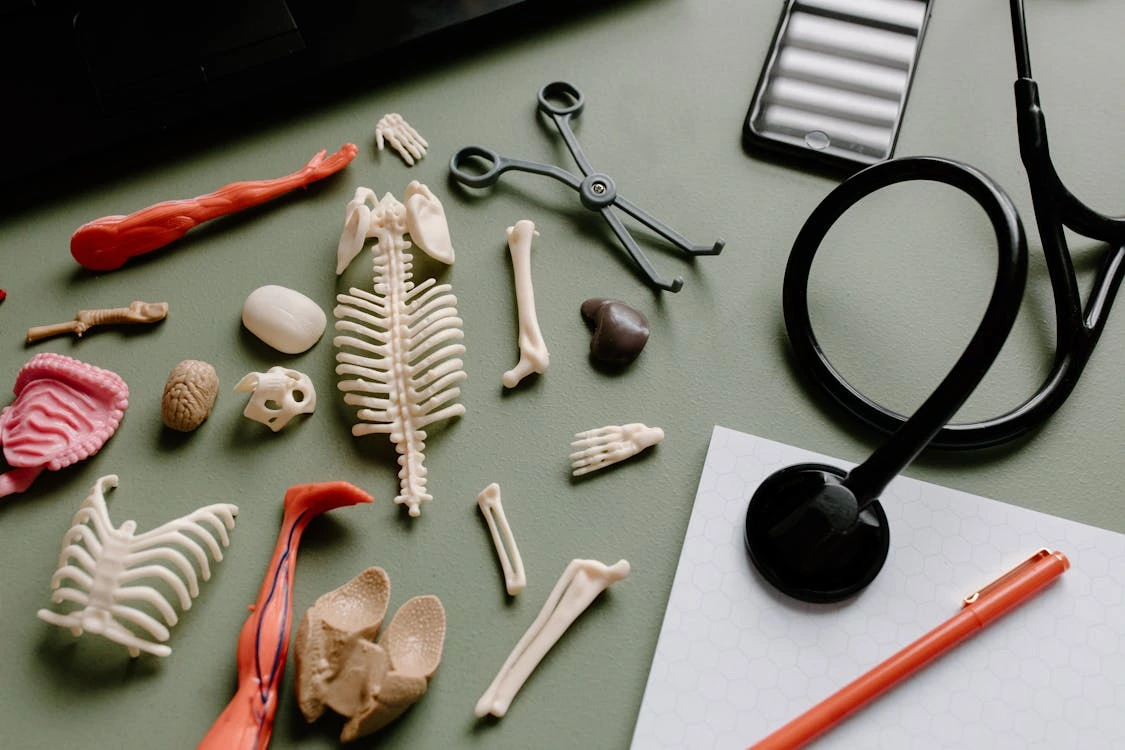0SPGX5Z is a medical code that refers to the procedure of removing an external fixation device from the left ankle joint using an external approach, typically to aid in the healing process following a fracture or trauma. This involves surgically taking out the device that had been keeping the bones in place.
Table of Contents:
- 🔎 Clinical Indication
- 📋 Preparation
- 📖 Methodology
- 🩹 Recovery
- 🚨 Complexity & Risk
- 🔀 Similar Procedures
🔎 Clinical Indication
The removal of an external fixation device from the left ankle joint through an external approach may be necessary to promote proper healing and range of motion after a previous orthopedic procedure. This procedure allows for the device to be safely and effectively taken out, reducing the risk of infection and further complications. It is commonly done to allow the patient to resume normal activities and improve overall recovery outcomes.
📋 Preparation
Before the removal of an external fixation device from the left ankle joint, the patient will typically undergo a thorough evaluation by their healthcare provider to ensure the bones have healed properly. The surgical team may also perform imaging studies, such as X-rays, to assess the bone’s healing progress.
Additionally, the patient may receive instructions on how to prepare for the procedure, which may include fasting for a certain period before the surgery. The healthcare provider may also discuss any potential risks or complications associated with the removal of the external fixation device.
It is important for the patient to follow all pre-operative instructions provided by their healthcare team to ensure a successful procedure and a smooth recovery process. The removal of the external fixation device is a crucial step in the patient’s healing journey and proper preparation is key to a positive outcome.
📖 Methodology
During 0SPGX5Z, the external fixation device that was previously placed on the left ankle joint is removed through an external approach. This procedure involves removing the screws and pins that are holding the device in place.
The surgeon will make an incision near the ankle to access the fixation device, carefully removing it to prevent any damage to surrounding tissues. Once the device is removed, the incision will be closed with sutures or staples, and the patient will be monitored for any complications.
Overall, the removal of an external fixation device from the left ankle joint using an external approach is a routine procedure that helps to promote healing and mobility in patients who no longer need the device for support.
🩹 Recovery
After the external fixation device is removed from the left ankle joint, the patient will typically need physical therapy to help strengthen the muscles and improve range of motion. This can help the patient regain full function of the ankle and reduce the risk of future injury.
Recovery time can vary depending on the individual, but most patients can expect to see improvement within a few weeks of the device removal. It is important for the patient to follow their doctor’s recommendations for activity and rehabilitation to ensure a successful recovery.
Overall, the goal of removing the external fixation device is to allow the ankle joint to heal properly and regain its strength and mobility. With proper care and rehabilitation, most patients can expect to make a full recovery and return to their normal activities.
🚨 Complexity & Risk
Performing 0SPGX5Z, or the removal of an external fixation device from the left ankle joint through an external approach, is a complex procedure due to the intricate nature of the device and the delicate anatomy of the ankle joint.
Potential risks to patients during the removal of an external fixation device include infection, nerve damage, and delayed healing of the surgical site. It is important for surgeons to carefully plan and execute this procedure to minimize these risks and ensure a successful outcome for the patient.
🔀 Similar Procedures
Another medical procedure that is similar to the removal of an external fixation device from the left ankle joint is the removal of a cast or splint. Both procedures involve the removal of devices that have been used to stabilize and support a bone or joint during the healing process.
The removal of a cast or splint is typically done once the bone or joint has healed sufficiently to support itself without the need for external support. This procedure involves cutting or sawing through the cast or splint material to carefully remove it without causing any harm to the underlying bone or joint.
Both the removal of an external fixation device and the removal of a cast or splint are important steps in the rehabilitation process following a bone or joint injury. These procedures allow the patient to regain full range of motion and strength in the affected area and ultimately return to their normal activities.

